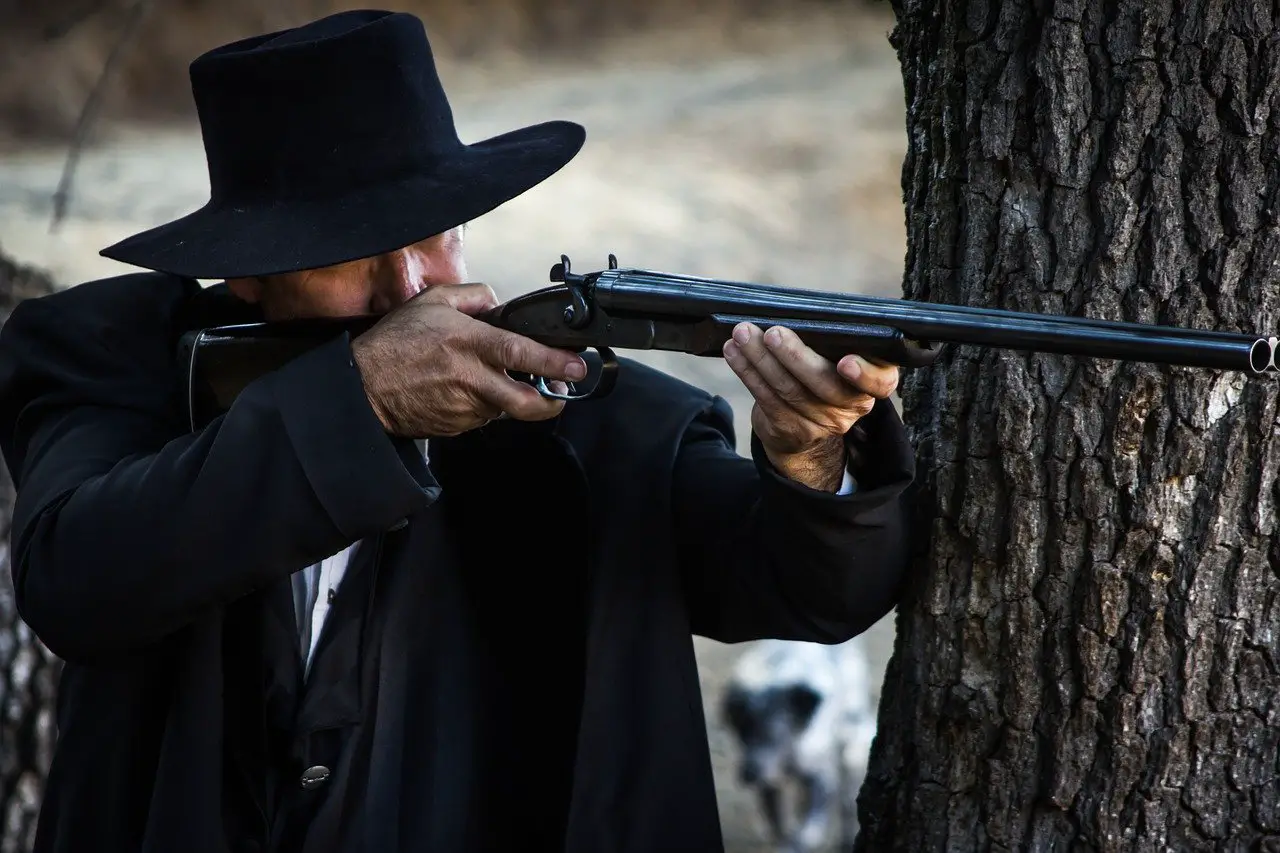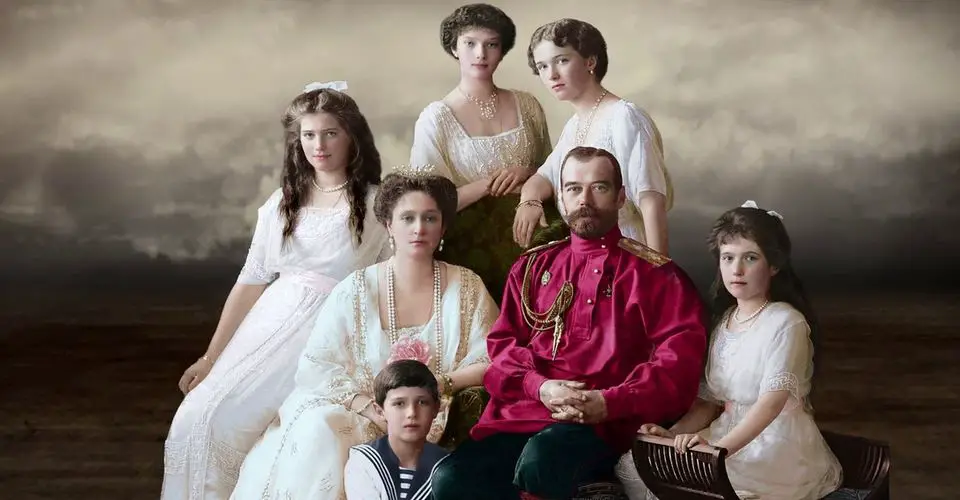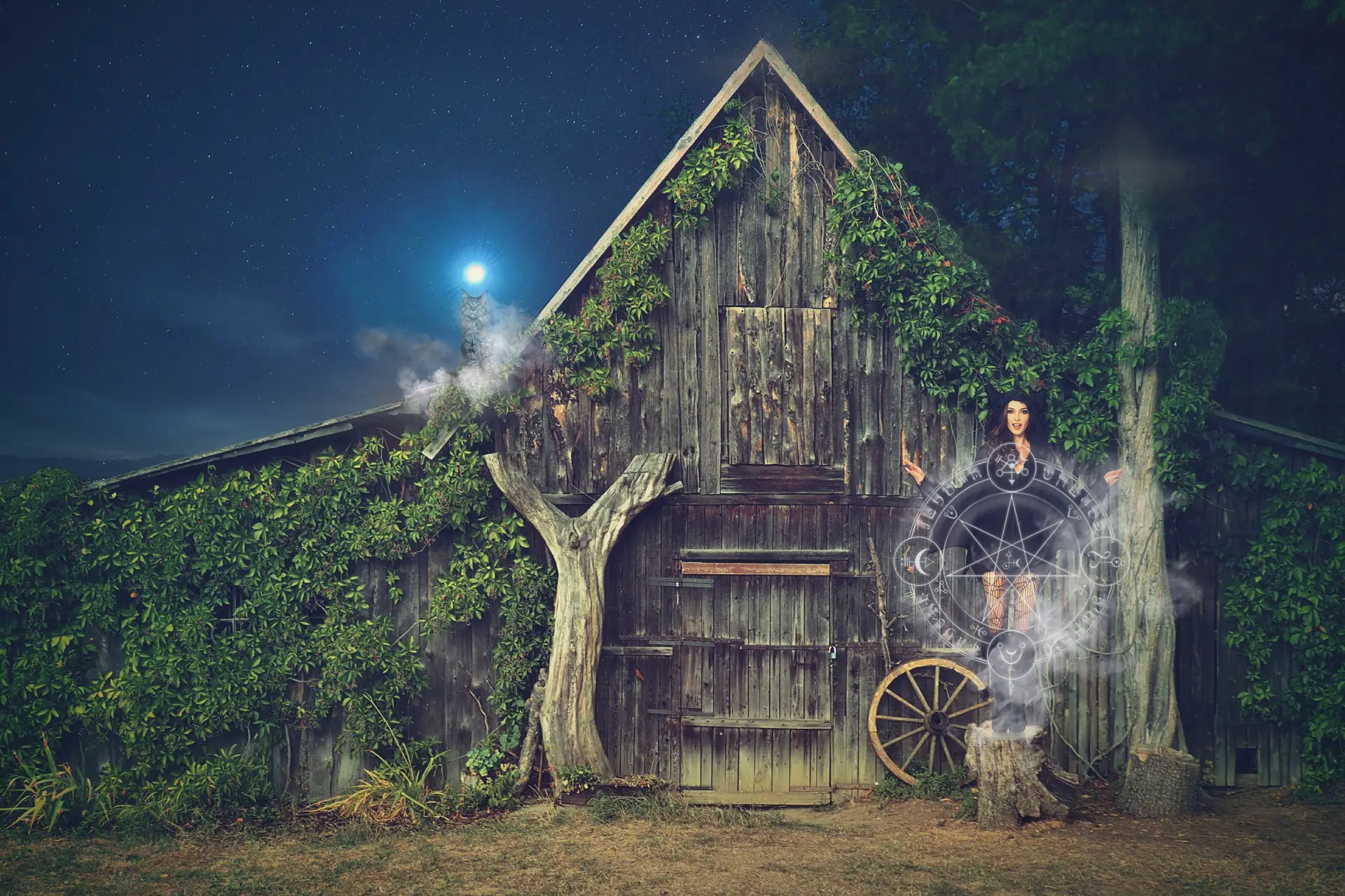Native Americans: When Edward Sheriff Curtis was born in Whitewater, Wisconsin in 1868, it didn’t take long for him to realize he wanted to be a photographer.
After he and his family picked up and moved to Minnesota Edward taught himself the basics of the new pastime and became an apprentice at a photography studio in St. Paul.
Contents
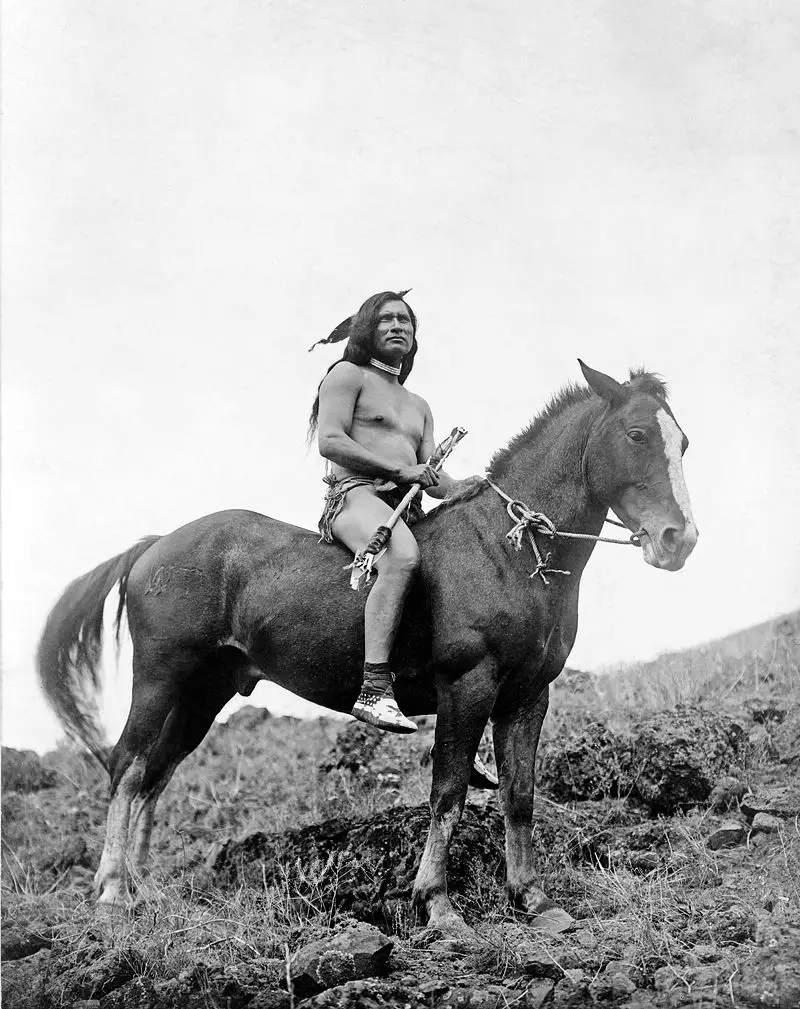
Seattle
The family moved again to Seattle, Washington where Edward began to delve even further in photography and built his own cameras. He also became a half owner of a photographic studio. Curtis began his career in the field by photographing Mt. Ranier in all of its glory.
He befriended George Bird Grinnell,a noted scientist and expert on the local Native American tribes, and soon began his lifetime dream of photographing Native Americans in their own surroundings.
He spent the almost rest of his life visiting different tribes around the West and taking pictures. It wasn’t that easy at the time as there were no cars, no digital cameras, no cell phones and few passable roads.
80 Tribes
He achieved his dream by taking over forty thousand still pictures from over eighty tribes, some of whom were not very excited by the idea of having their images preserved forever.

He was given the nickname “Shadow Catcher” by some tribes. Curtis was also able to record Native music, stories, history, burial customs, and conversation by way of a wax disk. His first Native subject was the daughter of Chief Seattle, Princess Angeline also known by her Native name, Kikisoblu, Kick-is-om-lowhen, she was ninety six years old.
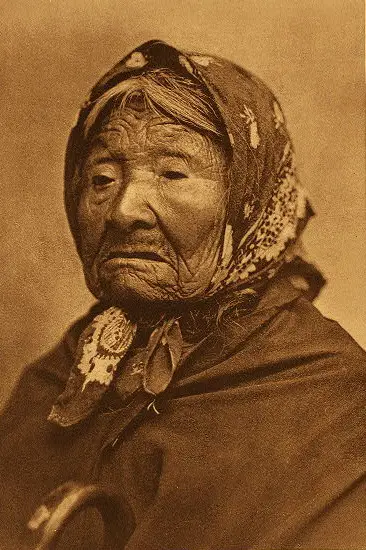
Money
According to smithsonianmag.com, she was paid one dollar for every shot Curtis took and decided she would much rather pose for pictures than dig for clams.
The biggest problem Curtis faced was money. It took a lot of money to travel around, buy photographic developing chemicals, hire interpreters and scouts to make sure the white men were welcome and maintain a horse and wagon with which to carry his tools of the trade.
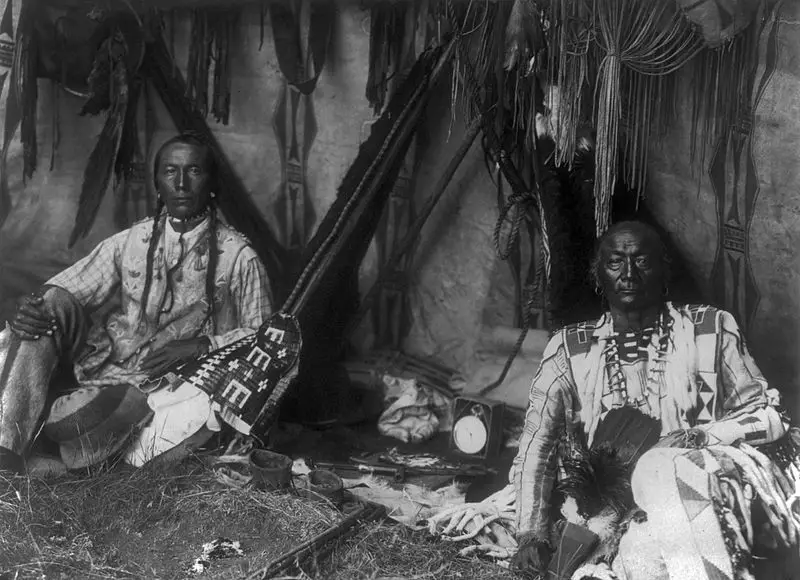
J. P. Morgan
The photos he took and exhibited impressed President Theodore Roosevelt so much that he hired Curtis to take pictures of his daughter’s wedding as well as some family portraits. The person he wanted to impress, however, was J. P. Morgan, the wealthy financier whose companies still thrive today.
At first Morgan brushed him aside but with persistence from Curtis, Morgan agreed to grant over seventy five thousand dollars to make a series of twenty five books.
With money in hand Curtis began his adventure. He photographed important Natives such as Geronimo of the Apaches, Slow Bull, a medicine man of the Dakotas, Hatali Nez of a Navajo tribe, and Two Strike of the Brule tribe.
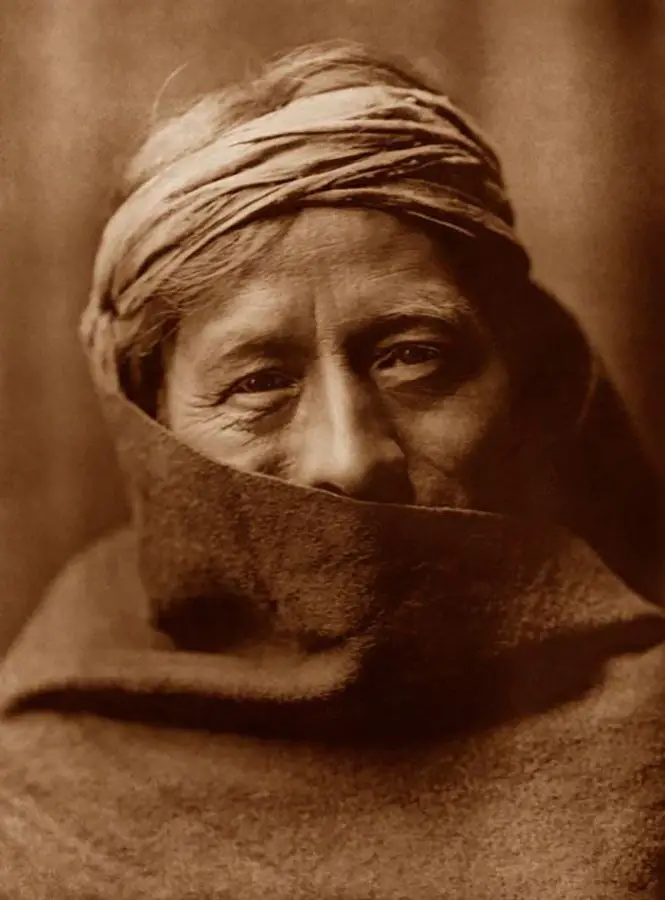
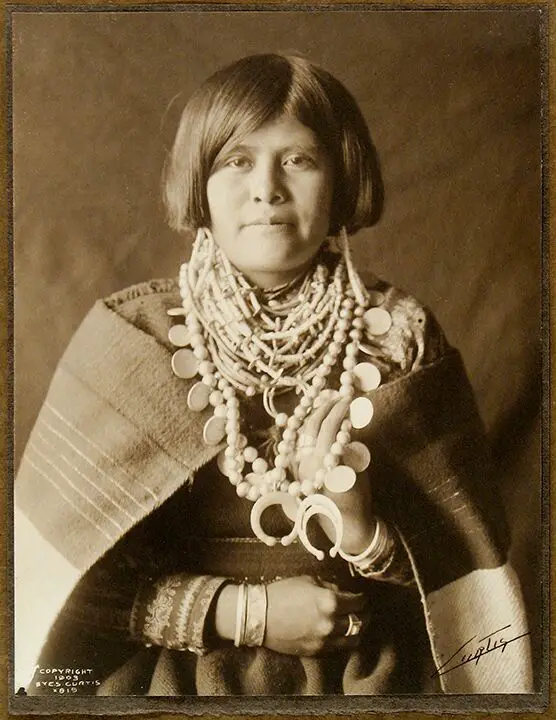


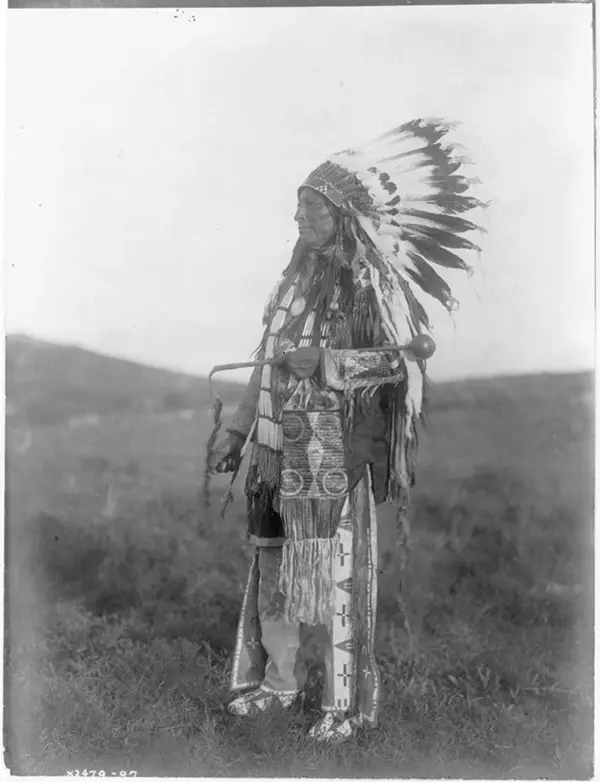
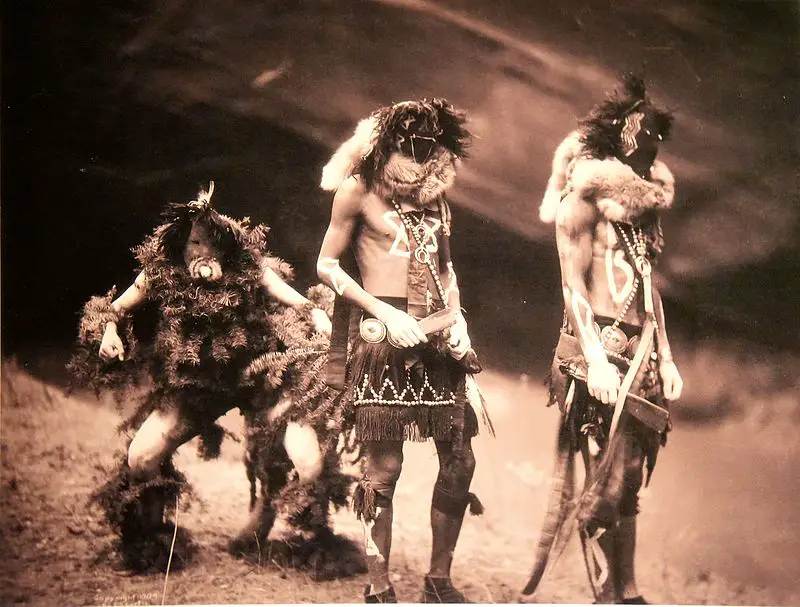
He recorded Native American language and history on more than 10,000 wax cylinders.
WW1
After 1918 interest in Native Americans had been pushed aside by World War I. He attempted to work in Hollywood but his motion picture was a flop and Curtis lost most of his money.
The only way he could go back out into the field was to sign over the rights of his Native American pictures to Morgan. In 1920 Curtis returned to the tribes and was shocked at how things had changed.
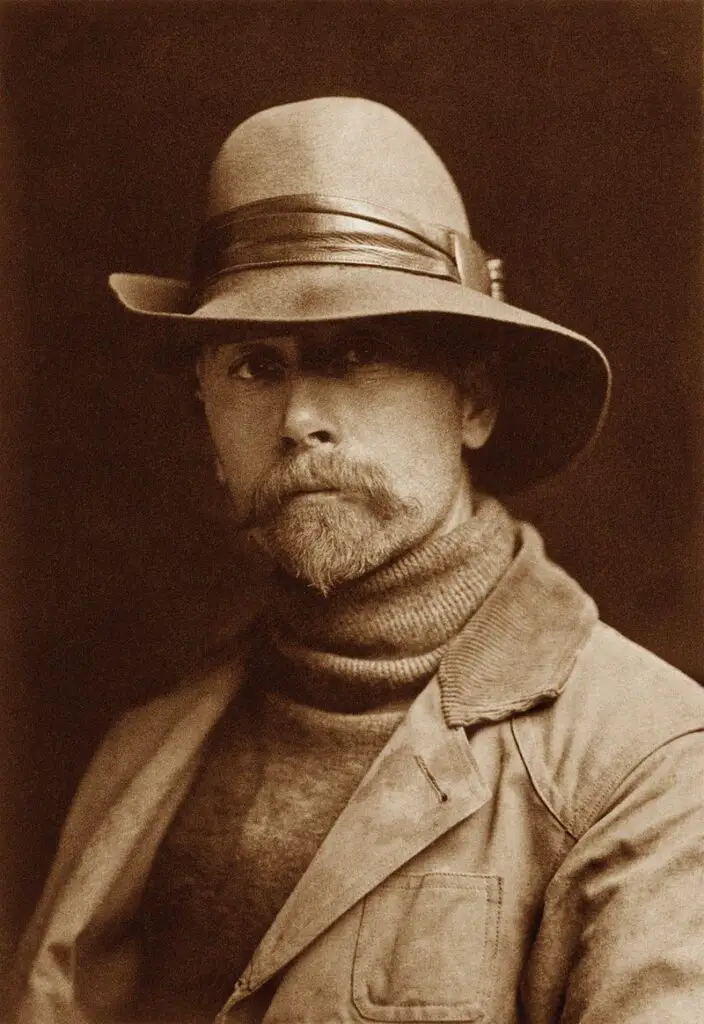
Disease
Disease, relocation and assimilation into American culture had destroyed the lives of the once proud and beautiful American Natives.
According to legendsofamerica.com, Curtis often asked Natives who had already been assimilated to pose in their traditional clothes and surroundings which some people believed was dishonest.
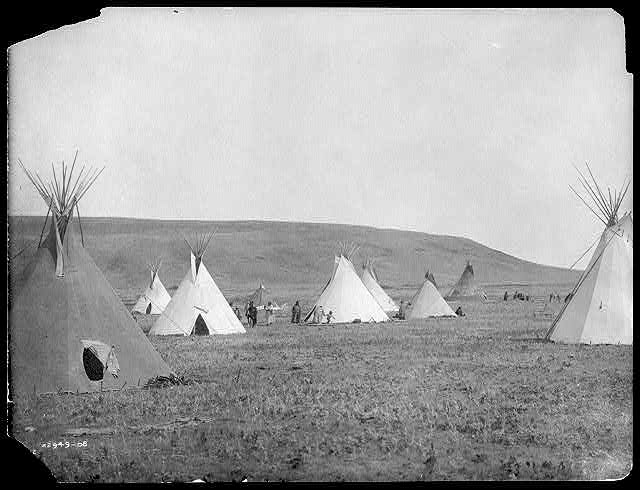
Curtis felt that it was important and wrote in the preface of his first book, “The information that is to be gathered… respecting the mode of life of one of the great races of mankind must be collected at once or the opportunity will be lost.”
Another Article From Us: ‘Lost Dutchman’s’ Gold Mine has Evaded Fortune-Seekers for 200 Years
We would love you to join us on: Facebook and Instagram
In 1930, Curtis’ twenty books were completed but there was very little interest and the stock market crash of 1929 wiped out Curtis financially.
He spent some time in an asylum due to mental health problems. He attempted to write an autobiography but died at the age of eighty four at the home of his daughter in Los Angeles, California.



